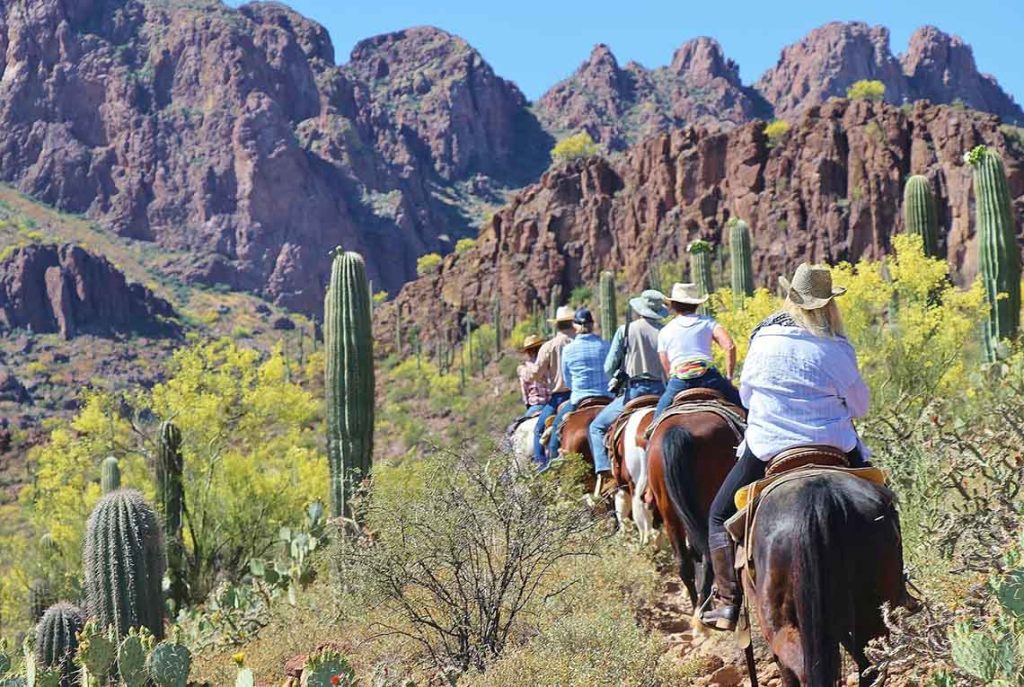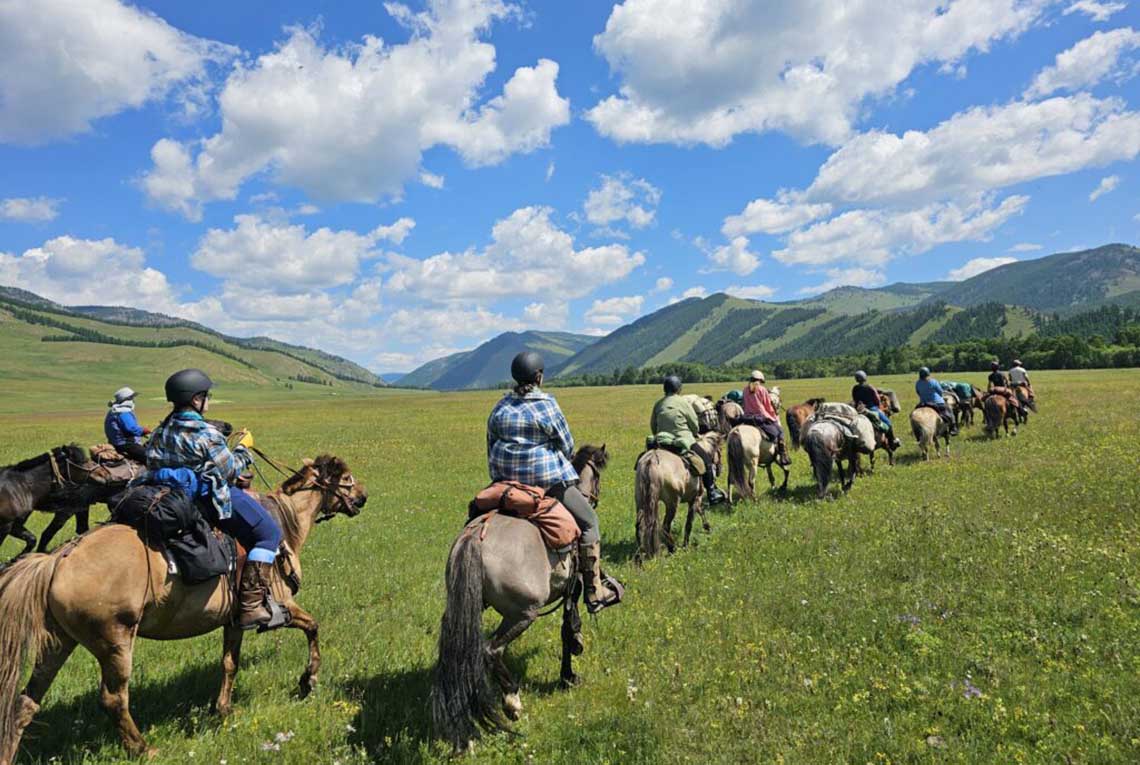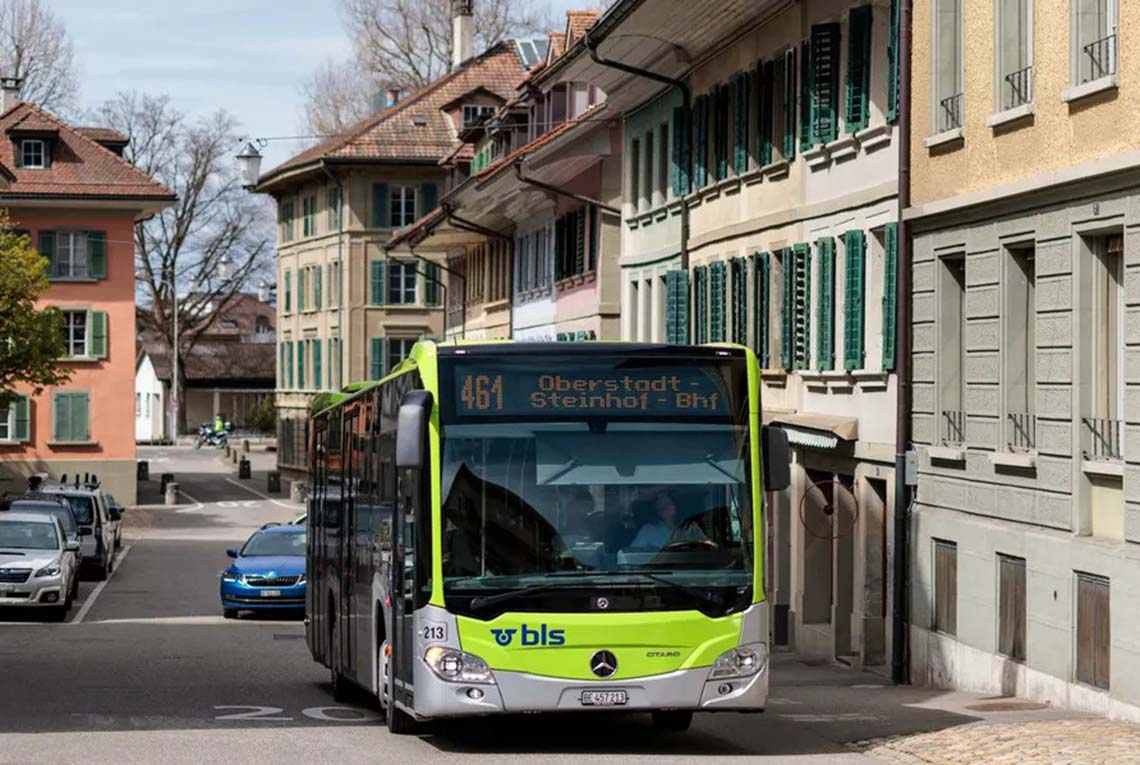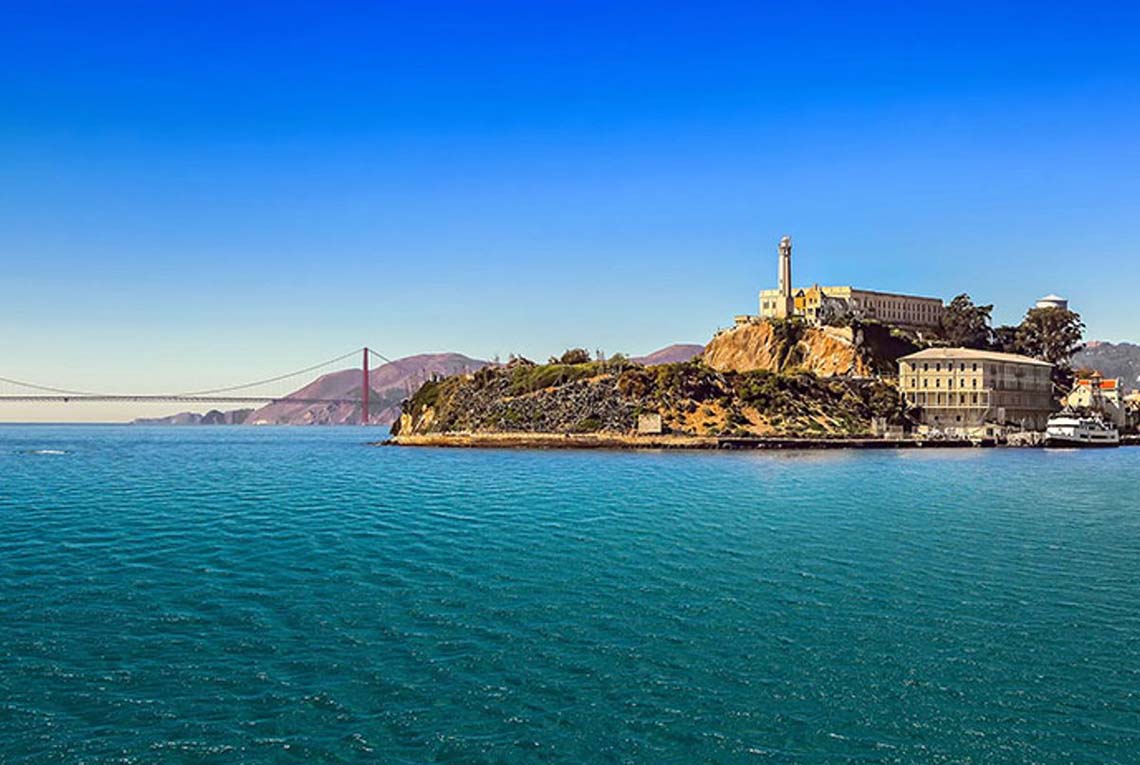1. Arrival: A Gentle Introduction to the Emmental
The journey into Sumiswald began with the slow, winding train ride through Switzerland’s Emmental region, where the landscape transformed with every mile. What began as green fields and sporadic chalets evolved into rolling hills, tight groves of fir trees, and a tranquility that presses gently against the windows. By the time I reached the village station, the rush of the modern world had slipped off my shoulders like an old coat.
Sumiswald doesn’t announce itself with grandeur. Its charm is quiet but deep, wrapped in the rhythm of cowbells in the distance and the aroma of pine and fresh bread wafting from old timber houses. The buildings are etched in dark-stained wood with sloped roofs designed for heavy snows, but in the early summer, they’re draped in flower boxes blooming with geraniums and wild herbs.
I was not looking for speed here. I was seeking something older, something that breathed slower and stood still long enough for the senses to catch up. The days ahead would be about horses, trails, and the cadence of nature rather than the pace of engines and screens.
2. The First Encounter: Meeting the Horses and Guides
The stable sat just outside the village, nestled between open pastures and a dense wood. It wasn’t grand or overly polished. The air smelled of hay, leather, and that unmistakable earthy musk of horses. There were no signs of commercial gloss—just honest, functional beauty.
I met Klara, the guide who would lead the rides. Her handshake was firm, her eyes sharp, and she carried herself with the quiet authority of someone who knew the land well. The horses, she explained, were not show animals; they were working horses, trained for trail riding across the Emmental’s varied terrain. Strong. Patient. Unhurried.
She introduced me to Famosa, a dapple-gray mare with intelligent eyes and an almost regal bearing. Famosa’s breath steamed in the morning chill as she nudged my hand, snorting softly. The connection was immediate. No pretension, no forced bonding. Just mutual curiosity.
Klara’s instruction was clear and simple. No theatrics. No babying. We would ride as the locals do—respectfully, in rhythm with the horse and the land.

3. The First Ride: Into the Forest Depths
The morning air was brisk, but the saddle warmed quickly under me. The trail began near a creek bordered by fir trees, and the sound of hoofbeats on soft earth felt more grounding than anything I’d experienced in years. There was a distinct silence, not from absence, but from presence—the kind of quiet that allows you to hear the world as it is: wind whispering through tall grass, distant birdsong, and the creak of leather.
Famosa moved confidently, choosing her steps without hesitation. The path narrowed as we entered the deeper parts of the forest, and the light filtered through green leaves in gentle shafts. I leaned slightly forward as we climbed a steeper incline. The mare responded intuitively. There was no need for constant correction—just awareness, posture, and an understanding that she was the one who knew this path better than I ever could.
At one point, the trail opened to a clearing carpeted with wildflowers. Klara signaled a stop, and we dismounted to stretch and drink from our flasks. The view stretched across a broad valley dotted with farmhouses and winding roads, hemmed in by distant peaks still capped with snow. Not a word was spoken for several minutes. We didn’t need to speak.
4. Evenings by the Fire and Shared Meals
Returning from the ride, the stable was busy but not chaotic. Horses were watered, brushed, and checked over. Each rider took care of their mount personally—there were no handlers to pass the reins to. This ritual of care formed a subtle but profound bond. Famosa stood calmly as I loosened her girth and brushed her flanks, occasionally flicking her ears back toward the barn as if listening for the dinner bell.
Evenings in Sumiswald were slow. The inn I stayed at was family-run, and dinner was always communal. No menus. Just whatever the kitchen had cooked: roast potatoes with rosemary, thick brown bread, and cheese so rich and sharp it lingered on the tongue like a melody. There was often soup, always butter, and sometimes schnapps brought out in mismatched glasses.
One night, Klara joined us and told stories of her childhood in these hills—her first fall from a pony, the storm that flooded the south fields, the time a stray goat wandered into the schoolhouse. The others listened and laughed in the candlelight. The sense of time here wasn’t linear; it spiraled slowly, season to season, with memories layered like rings in a tree.
5. Into the Hills: A Full-Day Trail Ride
The second full day took us further. We packed saddle bags with bread, hard cheese, dried fruit, and flasks of water, then set off before the sun had fully risen. The terrain changed often—grassy meadows gave way to gravel tracks, then deep woods and sharp climbs.
We passed old stone fences and barns that had stood for centuries. The Emmental isn’t postcard-perfect in the way some alpine towns are. It’s rougher, more real. Horses worked in the fields. Children waved from behind fences. Dogs barked but didn’t chase. It was a living place, not a preserved one.
Lunch was taken in a field shaded by walnut trees. We tethered the horses loosely and stretched out on the grass. There were no benches or tables—just the land, the sun, and time to rest. I shared a piece of apple with Famosa. She nickered softly and lowered her head to graze nearby. I lay back and watched a hawk circling far above.
The ride home followed a river. The horses, tired but steady, fell into a natural rhythm. My body ached in places it hadn’t in years, but there was no discomfort, only the satisfying soreness of a day well spent.
6. Learning the Landscape: Nature’s Subtle Textures

Over the following days, I began to recognize the smaller elements of the landscape. The way the morning mist clung longer in some valleys than others. How certain birds always called at dawn and again at twilight. The subtle shift in temperature when crossing from a sunlit field into a shaded forest.
I saw deer, once. Just two, standing still among the trees like stone. Their stillness was their camouflage. They didn’t run until Famosa snorted softly, and then they vanished like smoke.
Each ride taught something new, not just about horses, but about patience and presence. The Emmental didn’t need to shout to be seen. It simply asked to be noticed.
I learned how to read the terrain through Famosa’s ears. When she flicked them forward, there was often something ahead—a rabbit, a fallen branch, a change in the path. When she lowered her head, it meant the trail was steady. These small signals became part of the language between us, as natural as breath.
7. Rain and Resilience: Riding Through Weather
Not every day was golden. On the fourth day, the sky turned slate-gray, and a cold rain began to fall by late morning. Klara didn’t cancel. She simply handed out waxed ponchos and checked each horse’s tack more carefully.
Riding in the rain was not unpleasant. The forest came alive with scent—pine, wet earth, moss. The trail was slick in places, but the horses adjusted their pace. There was no rush. We stopped under a thick canopy for a brief rest. The sound of rain on leaves was like applause from another world.
By the time we returned, soaked and mud-splattered, I felt as though I had passed a kind of test. Nature would not always be comfortable. It was not made for comfort. It was made for truth.
8. A Visit to the Hinterland
On the fifth day, we took a longer route to a farmstead deep in the hinterland, where an elderly couple welcomed us for coffee and fresh bread. They spoke in dialect, their words heavy with the rhythm of old German. Klara translated some, but much was understood without words.
The man offered to show us his tools—old harnesses, scythes, and bells passed down through generations. His wife gave me a woolen blanket, saying only that it had “weathered many winters.”
That afternoon, we rode through meadows so thick with flowers they looked painted. Bees droned lazily in the sun. Famosa moved with extra care, stepping between blooms, her ears flicking contentedly.
The sun began to set as we reached the ridge above the village. The entire Emmental lay below us, soft and golden. It felt not like a place on a map but a world unto itself.



